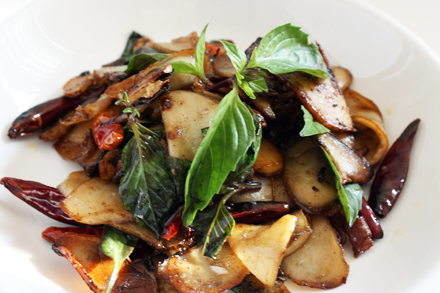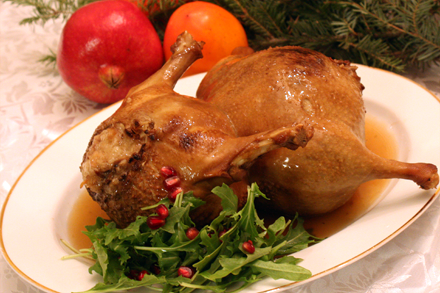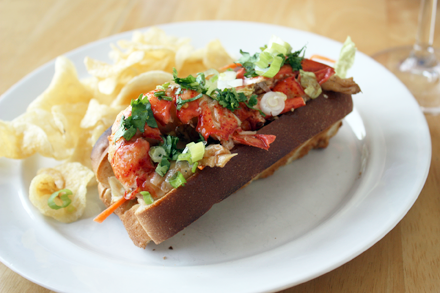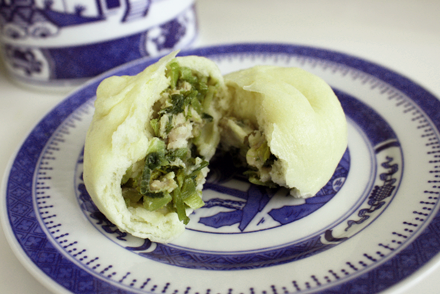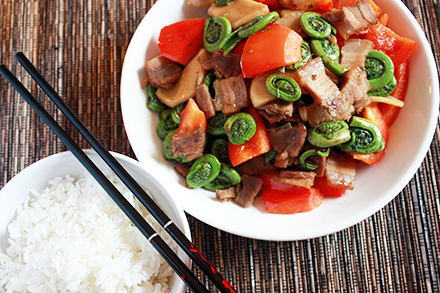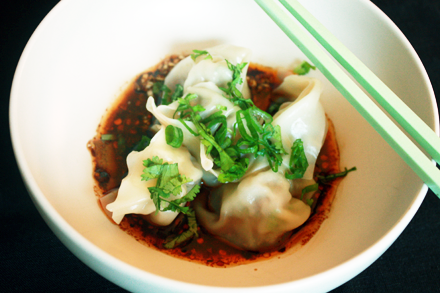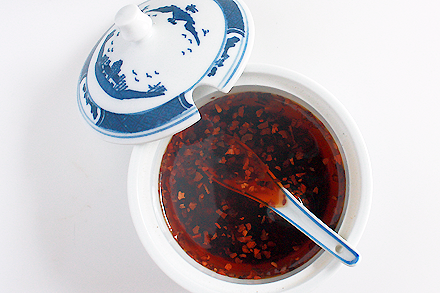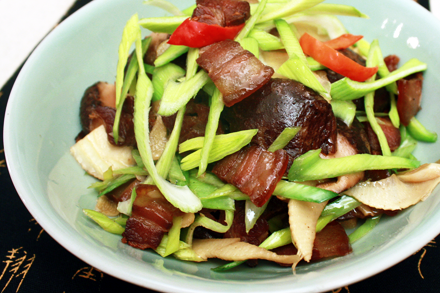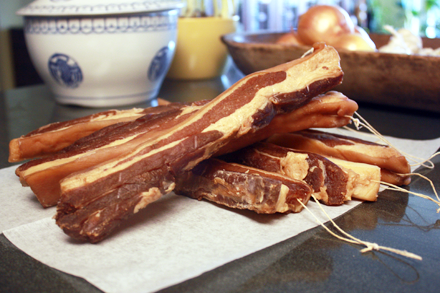Breaking Bread with Barry the Berry
Precariously balancing an overly full tray of pineapple shrimp fried rice I got off the elevator and entered a high ceiling open space loft in the Soho district of New York City. Workstations with flickering screens were everywhere, and a meeting room hides behind walls rising half way up to the ceiling. In another open space I saw the original painting of Barry the berry on a horse back looking out onto a valley, which is the same picture attached to the about page of gojee.com. Although I have no idea what is the significance of this picture I knew this had to be the right place. I was in one of the communal office spaces of the New York City’s many technology startups. It was the home of the team behind gojee.com, a recipe search site with thousands of recipe listings from the best food bloggers.



